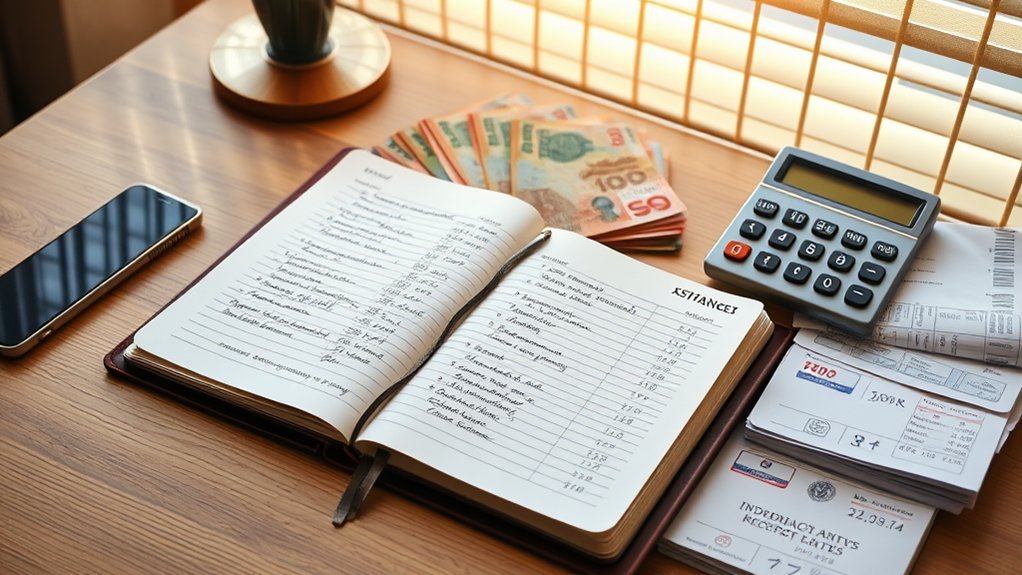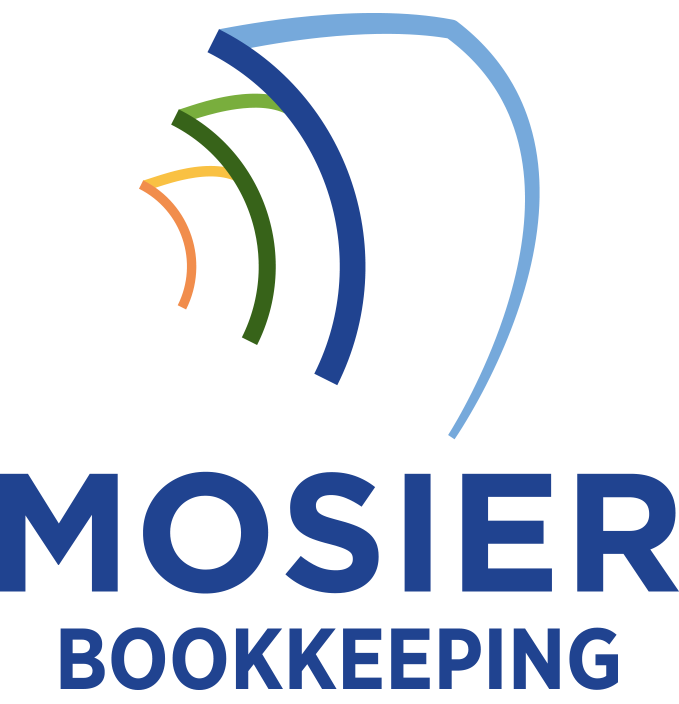To manage foreign currency transactions in your bookkeeping, I recommend setting up separate ledgers for each currency alongside your primary operating currency. You’ll need to document exchange rates from reliable sources, record transactions using the rate on the date they occur, and maintain dedicated accounts for tracking gains and losses from currency fluctuations. Establish automated systems to monitor rate changes and guarantee accurate currency conversions. This foundation sets the stage for mastering international financial operations.
Understanding Exchange Rates and Their Impact on Financial Records

Exchange rates serve as the foundation for recording international business transactions in financial accounting. When I conduct business across borders, I must convert foreign currency amounts into my company’s functional currency using the exchange rate at the transaction date.
I track these rates daily, as fluctuations directly impact my asset and liability valuations. By monitoring exchange rates, I can recognize gains or losses from currency translations and adjust my books accordingly. I record these differences in a separate account to maintain transparency and accuracy in my financial statements, enabling me to make strategic decisions about international operations and risk management.
Setting Up Multi-Currency Accounting Systems
I’ll show you how to structure your chart of accounts to handle multiple currencies efficiently by creating separate ledgers for each foreign currency alongside your primary operating currency. You’ll need to establish exchange rate tables in your accounting system, ensuring they’re regularly updated from reliable sources like central banks or authorized financial data providers. Setting up proper exchange rate configurations lets you automatically calculate and record currency gains or losses while maintaining accurate financial positions in both local and foreign denominations.
Chart of Currency Accounts
Operating a multi-currency accounting system requires a carefully structured chart of accounts that can handle transactions in various foreign currencies. I’ll show you how to establish dominant control over your international financial operations through a robust currency account structure.
- Create separate accounts for each foreign currency you’re managing, with clear identifiers like “Cash-EUR” or “AR-GBP”
- Set up currency-specific revenue and expense accounts to track profitability by currency
- Establish dedicated foreign exchange gain/loss accounts to monitor currency fluctuation impacts
This framework will give you precise command over your global transactions while maintaining compliance with international accounting standards.
Exchange Rate Configuration
Setting up proper exchange rate configurations forms the backbone of any multi-currency accounting system. I’ll show you how to establish control over your international transactions through strategic rate management.
I configure my system to pull real-time exchange rates from authoritative sources like Reuters or Bloomberg. I set automatic updates at specific intervals while maintaining manual override capabilities for special transactions. I establish default exchange rates for each currency pair and configure rounding rules to align with local accounting standards.
For maximum precision, I create validation rules that flag significant rate fluctuations and implement audit trails to track every rate change.
Recording Foreign Currency Transactions in Your Books

I’ll show you how to maintain accurate records of exchange rates by documenting the source and timestamp of each rate you use in your foreign currency transactions. You’ll need to update your currency values daily using reliable financial data providers and record these rates in your accounting system. When translation differences occur between transaction dates and settlement dates, I’ll guide you through the proper reconciliation process to guarantee your books reflect these currency fluctuations accurately.
Exchange Rate Documentation Process
The documentation of exchange rates forms a critical foundation for accurate foreign currency transaction recording. I recommend maintaining meticulous records of the rates you use for each transaction, including the source and timestamp. This practice protects your business and guarantees audit compliance.
- Capture daily spot rates from authoritative sources like central banks or recognized financial platforms
- Store screenshots or downloads of exchange rate data with transaction records
- Document the specific exchange rate method you’ve chosen (daily, monthly, or custom weighted averages)
For large transactions, I advise documenting rate quotes directly from your bank to demonstrate due diligence and safeguard your interests.
Daily Currency Value Updates
While maintaining accurate foreign currency records requires daily diligence, proper value updates form the cornerstone of reliable international bookkeeping. I track daily exchange rates through reliable financial platforms to guarantee my records reflect current market values. I document these updates systematically in my ledger.
| Action Step | Implementation |
|---|---|
| Morning Update | Record opening rates |
| Transaction Time | Note specific exchange rate |
| Market Close | Document closing rates |
| Reconciliation | Calculate daily variances |
I maintain a separate worksheet for each currency, enabling quick identification of gains or losses. This systematic approach helps me safeguard against currency fluctuations while maximizing profit opportunities in international markets.
Reconciling Translation Differences
Recording foreign currency transactions accurately boils down to managing translation differences systematically. I’ll show you how to take control of these variances to maintain precise financial records.
- Track exchange rate fluctuations daily and record the resulting gains or losses in a dedicated Translation Differences account
- Create separate ledger entries for each currency you’re dealing with, making reconciliation straightforward and traceable
- Implement automated currency conversion tools to minimize manual calculation errors
When I reconcile translation differences, I guarantee all variances are documented immediately. This approach prevents discrepancies from accumulating and maintains the integrity of my financial statements while satisfying audit requirements.
Managing Exchange Rate Gains and Losses
Because foreign currency values fluctuate constantly, managing exchange rate gains and losses requires careful attention to timing differences between transaction and settlement dates. I’ll help you control these fluctuations by recording realized and unrealized gains or losses in separate accounts.
I recommend setting up dedicated general ledger accounts to track exchange variances. When I post transactions, I calculate the difference between the original recorded amount and the settlement amount, then record it as either a gain or loss. For unrealized positions, I revalue open items at period-end using current exchange rates, adjusting through a cumulative translation account.
Currency Conversion Best Practices and Documentation

To effectively manage foreign currency transactions, I follow specific documentation protocols and conversion standards that verify accuracy and compliance. I maintain detailed records of exchange rates, transaction dates, and conversion calculations while implementing real-time rate monitoring systems for precise timing of conversions.
- I document every currency conversion using standardized forms that capture source currency, target currency, exchange rate, date, time, and purpose
- I retain proof of exchange rates from authorized sources to support my calculations and justify transaction timing
- I implement automated tracking systems that flag significant rate fluctuations and maintain audit trails
My rigorous documentation approach affirms I maintain control over currency-related financial decisions and safeguards my interests during audits.
Reporting Foreign Currency Transactions for Tax Compliance
When reporting foreign currency transactions for tax purposes, I maintain strict compliance with IRS regulations through thorough documentation and specific calculation methods. I track each transaction’s exchange rate on the date it occurred and maintain detailed records of gains and losses from currency fluctuations. I use IRS-approved exchange rates and separate realized from unrealized gains.
I file Form 8949 for capital gains/losses on currency trades, Schedule D for summarizing these transactions, and Form 1116 for foreign tax credits. This systematic approach guarantees I’m capturing all taxable events while maximizing available deductions and credits under current tax law.









